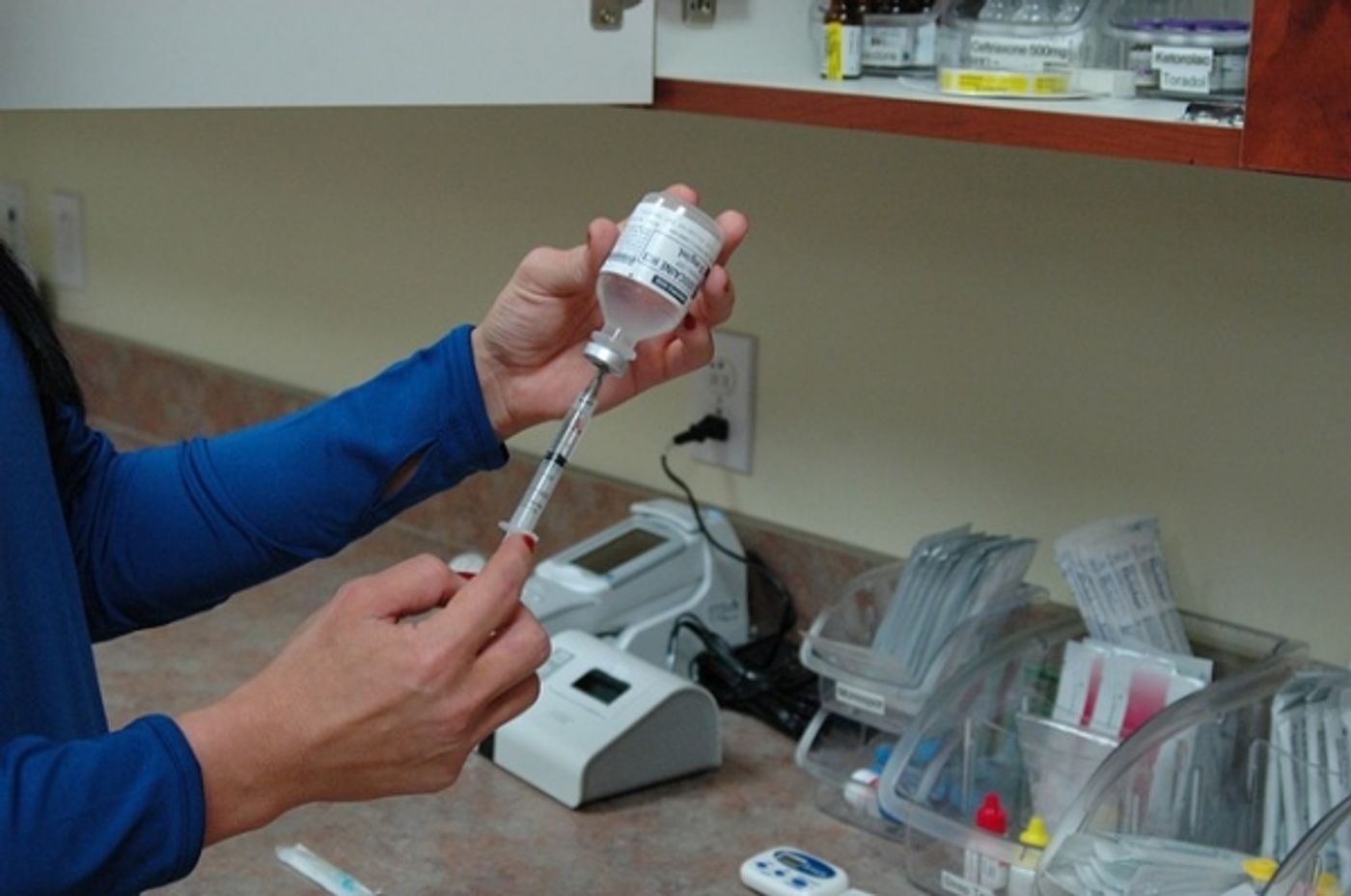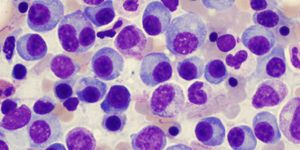Making and deploying vaccines can be costly and time-consuming. But, using a new technique that involves RNA and nanoparticles, researchers at the
Massachusetts Institute of Technology (MIT) have developed a new type of vaccine that’s easily customizable. And best of all, vaccines with this technology take only seven days to make.

Traditional vaccines are made with an inactivated or weakened (attenuated) form of a virus. The vaccine works by instigating a small immune response in the body. Through this process, the body develops antibodies that confer immunity to the virus or pathogen should it recognize it again in the future. Vaccines greatly reduce the risks of infection not only for the individual, but also for the community.
But the process of making vaccines is long and tedious work that sometimes don’t pan out because the disease pathogen is too wily. To circumvent this, MIT researchers turned to RNA – strands of genetic material that encode for proteins in living systems. In this case, the researchers used RNA that encoded specific proteins found in viruses, bacteria, or parasites. The idea is that once delivered into the host cells, the RNA message will be translated into proteins that will then instigate an immune response from the host – much in the same way that traditional vaccines work.
While the idea for RNA vaccines has been floating for 3 decades, it hasn’t been possible until now because of delivery obstacles. Researchers didn’t know yet how to package the RNA in a way that was effective and safe. To solve this problem, MIT researchers packaged RNA vaccines into nanoparticles that have the advantage of being positively charged. This allows a strong attraction to the RNA, which is negatively charged.
The new vaccines are purportedly fully customizable – all that’s needed is a protein-specific RNA sequence to a pathogen. Theoretically, this system can make vaccines using any viral, bacterial, or parasitic protein. Furthermore, the RNA vaccine can stimulate a stronger host immune response because it uses the host cells to make many copies of the encoded protein. By contrast, some traditional vaccines don’t produce enough of an immune response, which makes the vaccine ineffective unless researchers find a way to enhance the signal.
In lab trials, the RNA vaccines were administered via intramuscular injections. The vaccines also triggered both T cell response and antibody response, demonstrating the effectiveness of these RNA vaccine types. So far, the team has tested RNA vaccines on mice for Ebola, H1N1 influenza, and Toxoplasma gondii. "No matter what antigen we picked, we were able to drive the full antibody and T cell responses," said Omar Khan, a postdoc at the Koch Institute and co-first author of the study.
Another huge advantage to the RNA vaccines is the speed at which it can be manufactured. "Typically a vaccine becomes available long after the outbreak is over," said Jasdave Chahal, co-first author of the study. "We think we can become interventional over the course of a real outbreak." Indeed, the team reports that RNA vaccines can be made in about a week, as opposed to the months and even years using traditional methods.
"This nanoformulation approach allows us to make vaccines against new diseases in only seven days, allowing the potential to deal with sudden outbreaks or make rapid modifications and improvements," said Daniel Anderson, an associate professor at MIT, and senior study author.
The applications of RNA vaccines extend beyond infectious diseases. Already, the team is looking towards applying the same technology to create cancer vaccines that stimulate the host’s immune system to kill the tumor cells.
Additional source:
MIT press release









